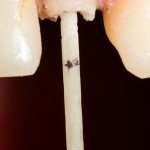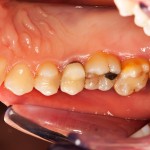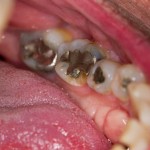
The aim of this study was to assess whether the amount of residual coronal structure and the type of cement used for fibre post luting (self-adhesive cement vs. composite core material) affected the four-year survival of root-filled premolars. Patients requiring endodontic treatment and single-unit crown restoration of premolars were eligible. Patients were divided into two [read the full story…]







